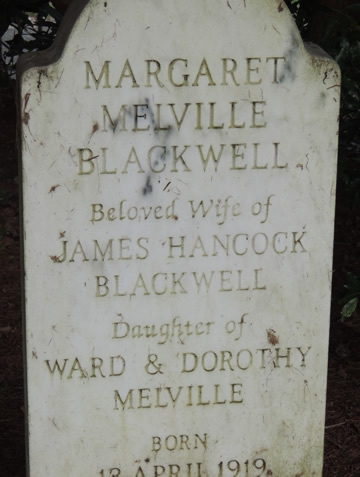Clergy Compensation
While many churches are open about this topic, Caroline Church is not. But expense lines in the area of clergy compensation have greatly increased over the years, while pledge income has decreased.
Those lines, viewed on a graph, are destined to intersect in the not too distant future. In 2005 the cost of the Rector's package represented and amount equal to 45% of the pledge income for that year. In 2016 that percentage had increased to 85% of the pledge income. Therefore the balance of our expenses had to come from that remaining 15% of pledge income, the amount of income from such items as building rentals, marriage and funeral fees, and the income/principal from our investments. As the Remembrance Fund did not produce sufficient income to cover the gap, a motive for combining the restricted funds into a single account, unfettered by restrictions, becomes apparent.
What are those lines? Some information about them is readily available right on the Diocese of Long Island website. The chart is the minimum requirement, and some churches, including Caroline Church, pay more when hiring an experienced rector. Those areas include:
- Base salary or "stipend"
- SECA offset: as rectors are not "employees" but rather "independent contractors" they must pay the full amount of social security taxis is not a 50/50 split like employment situations. So churches pay clergy an additional 7.65% to offset this.
- Auto Allowance: an annual amount that is intended to reimburse clergy for the use of their personal vehicle.
- Housing Equity Allowance: Where the church provides housing, a rector does not own a home that generally would increase in value over the years. This is designed to offset that potential loss of equity. The amount is 3% of the stipend (increased by 30% since housing is provided), SECA and utilities on the Rectory.
- Pension: the church pays 100% of this cost, which is done according to a formula that is 18% of areas including stipend (increased by 30% to take into account that housing is provided), SECA, rectory utility costs, and housing equity allowance.
- Health/Dental Insurance: The church pays 100% of the premiums for the rector and his family.
- Utilities: The church pays 100% of the gas, water, electric, and internet, as well as most of the telephone and cable fees.
- A Life Insurance Policy (which is in addition to a policy provided by the Church Pension Fund).
Additionally, the church committed to paying the Rector for unused vacation. Adding this to the stipend number has the impact of increasing the SECA, Housing Equity Allowance and Pension lines.

